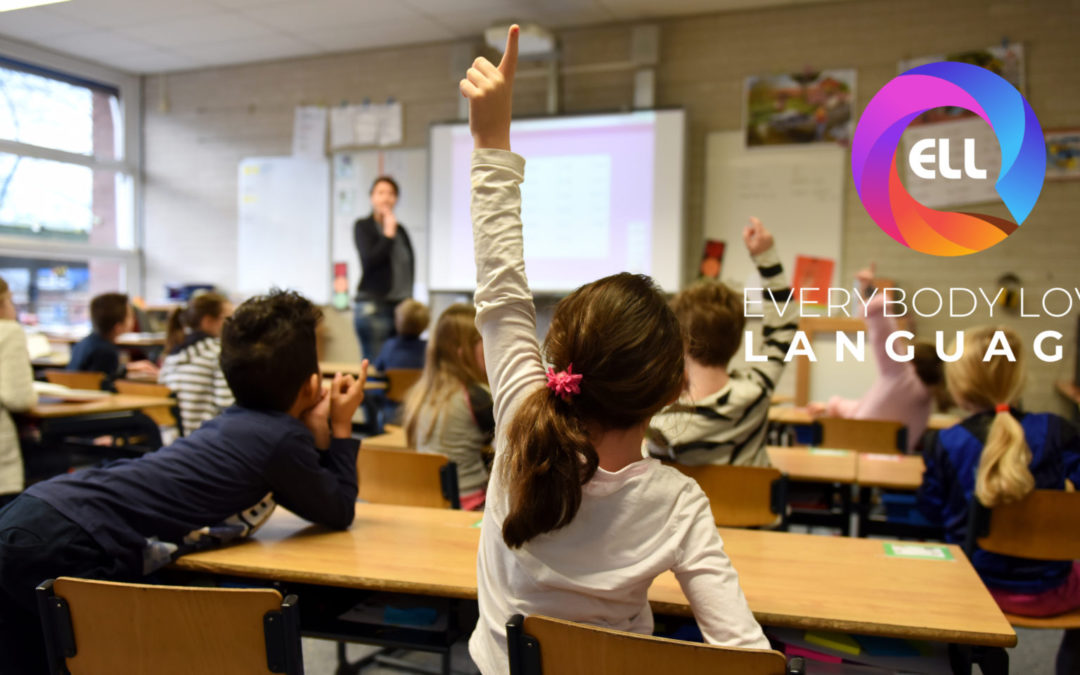By Vinicious Nobre
Introduction
In the rapidly evolving landscape of education, the integration of gamification in online learning tools has emerged as a transformative approach, particularly in language acquisition for young learners. With an increasing reliance on digital platforms for education, leveraging gamification strategies to captivate and educate young minds has never been more critical. This blog post delves into how gamification, especially when combined with movie-based content, can revolutionize online English learning for young learners.
The Emergence of Gamification in Education
Gamification, incorporating game elements into non-game contexts, has proven to be an effective strategy in enhancing learning experiences. The key themes in gamification literature for young learners include personalization, game elements, learner preferences, and engagement. These elements can significantly boost motivation, focus, and the overall educational experience when embedded in an online learning environment.
Why Movie-Based Content?
Incorporating movies into gamified learning tools offers a unique blend of entertainment and education. Movies provide a rich context for language learning, where young learners can absorb new vocabulary, sentence structures, and cultural nuances. This method aligns with the “compelling comprehensible input” concept discussed by Krashen. When learners are engaged with interesting content, their language acquisition is more natural and effective.
Strategies for Gamifying Movie-Based English Learning
- Interactive Activities and Vocabulary Games
Imagine a platform where children watch their favorite English movies. As they encounter new words, interactive activities pop up, allowing them to pause and learn the meaning of new vocabulary instantly. This can be combined with vocabulary games where learners earn points or badges for remembering new words encountered in the movie.
- Role-Playing and Dialogue Re-enactment Challenges
Young learners can engage in role-playing activities by leveraging the storytelling aspect of movies. They can re-enact scenes or dialogues, earning rewards for correct pronunciation and expression. This enhances their language skills and boosts confidence and public speaking abilities.
- Movie-Based Quizzes
After watching a movie, learners can participate in quizzes related to the plot, characters, and dialogues. These quizzes can foster a healthy reflective environment and encourage repeated engagement with the content.
- Progress Tracking with Movie Milestones
Progress bars and milestones can be integrated to represent a learner’s journey through different movies. They unlock new levels, keeping the learning experience fresh and exciting.
- Parental and Peer Involvement
Encouraging parental involvement in this learning process can be highly beneficial. Parents can join their kids in watching these movies, making it a family learning activity. Moreover, collaborative challenges can be introduced where learners collaborate with friends or family to complete movie-based learning tasks.
The Impact of Gamification on Learning Outcomes
Gamification in language learning significantly impacts motivation, engagement, and educational effectiveness. By lowering the affective filter, gamification makes learning less daunting and more enjoyable. The intrinsic motivation to learn is heightened when children feel part of a story or a game rather than in a traditional classroom setting.
Conclusion
The fusion of gamification and movie-based content in online English learning tools presents a powerful method to engage young learners. It aligns with their natural inclination towards technology and interactive media, making learning fun and effective. As the digital landscape continues to evolve, so must our approaches to education, ensuring we meet young learners where they are most engaged and receptive.
For more information on ELL’s interactive online courses and how we use gamification, visit us at https://www.elltechnologies.com/.




Comentarios recientes